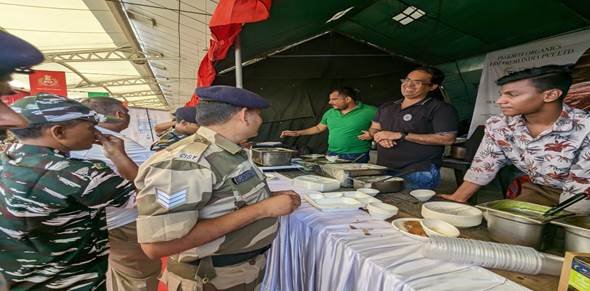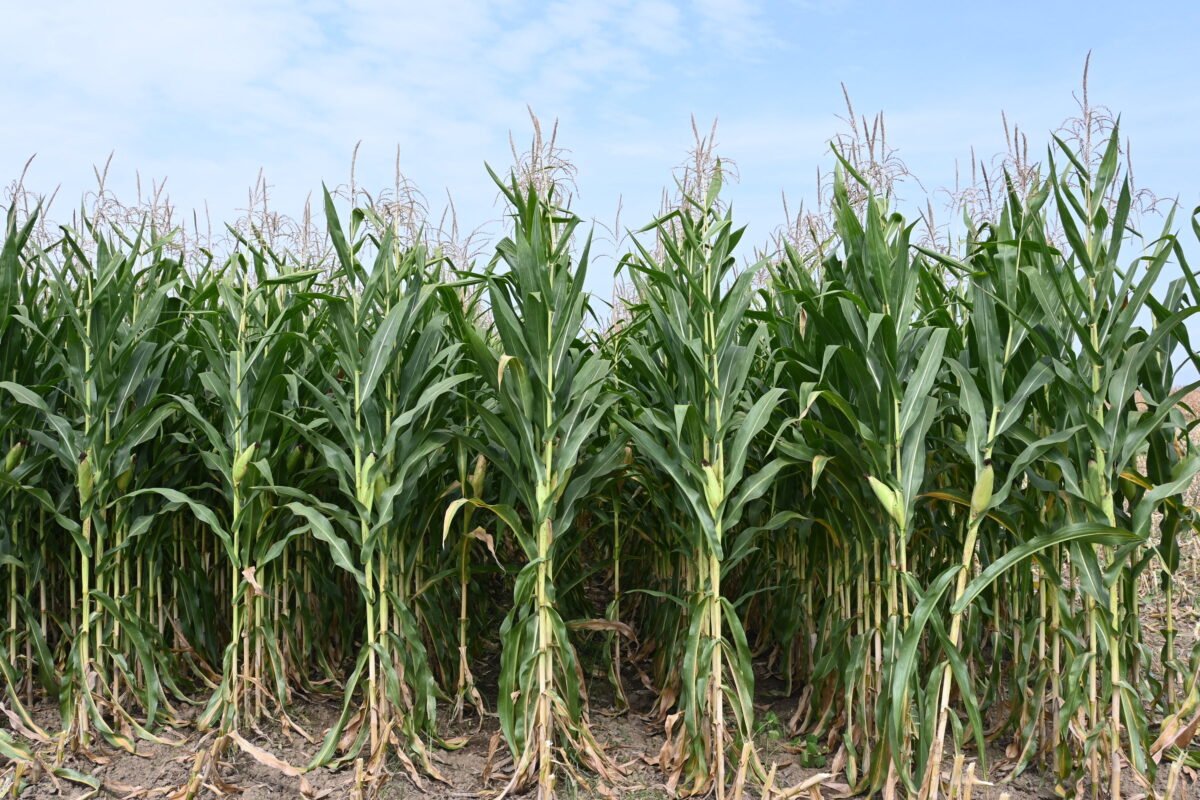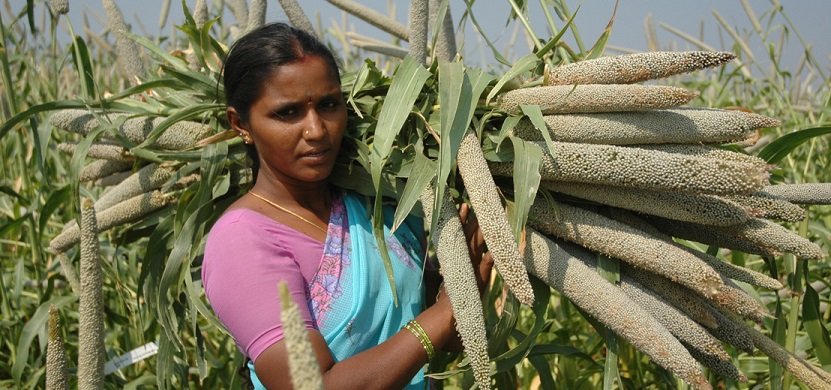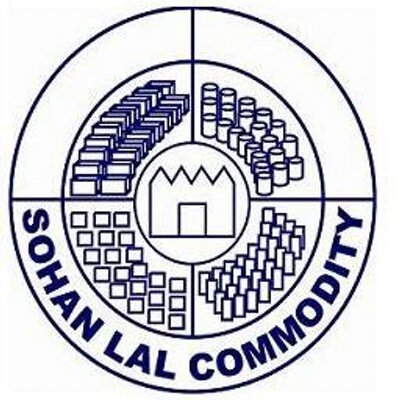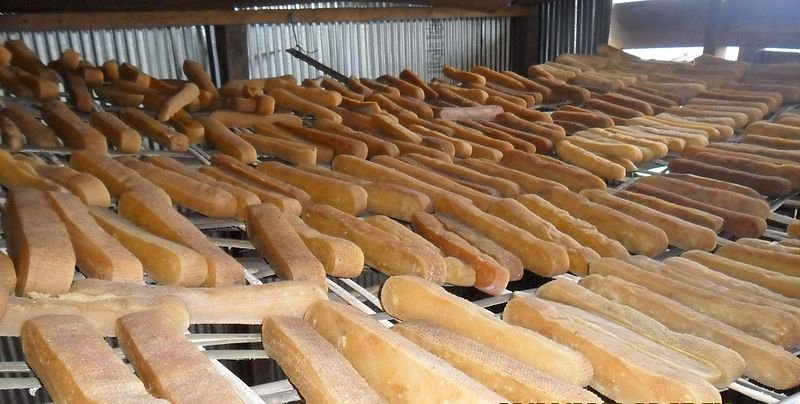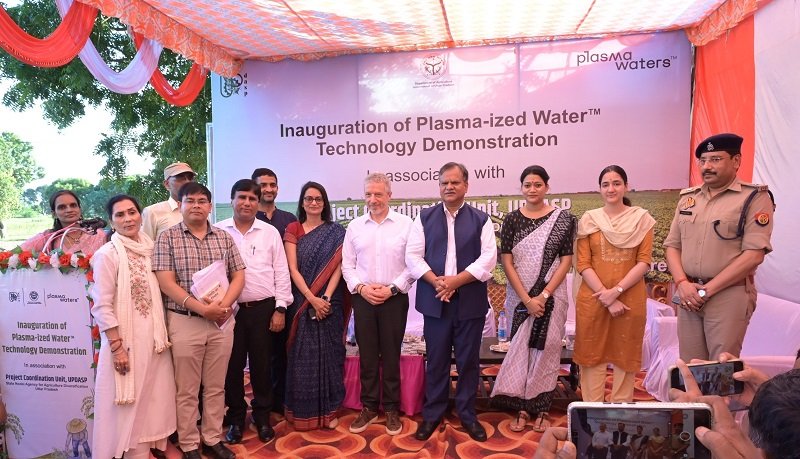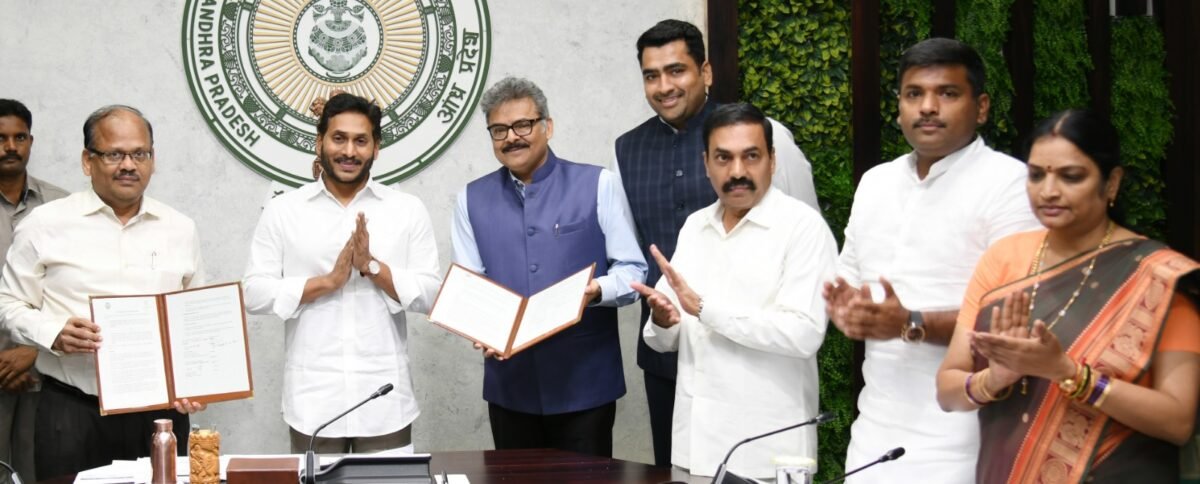Millets FPO exhibition organise for Central Armed Police Forces
More than 30 FPOs showcased a variety of products including raw millet grains, ready-to-cook (RTC) items, and ready-to-eat (RTE) products
To promote the consumption of millets or ‘Shree Anna’ among the Central Armed Police Personnel, the Department of Agriculture & Farmers Welfare (DA&FW) hosted a ‘Millets FPO Exhibition for Central Armed Police Forces (CAPFs) under the Ministry of Home Affairs’ on 6 October 2023, at the BSF Camp in Chhawala, New Delhi. More than 30 Farmer Producer Organisations (FPOs) from around the country, showcased a variety of products including raw millet grains, ready-to-cook (RTC) items, and ready-to-eat (RTE) products etc, to approximately 1,000 attendees from various paramilitary forces.
The Exhibition was inaugurated by Shri Faiz Ahmad Kidwai, Additional Secretary, DA&FW, with a ribbon-cutting ceremony. He was joined by Maninder Kaur, Additional Secretary, DA&FW and Shubha Thakur, JS (Crops), DA&FW.
In his inaugural speech, Faiz Ahmed Kidwai, AS, DA&FW, highlighted how over 75,000 FPOs are working to support small farmers with resources and market connections. He pointed out that 34 millet FPOs from Rajasthan, UP, MP, and Haryana had gathered for the mega event with a dual aim to showcase the variety of millet products in the country and establish direct links with CAPF canteens and departmental stores for future procurement.
Shubha Thakur, JS (Crops), DA&FW, expressed gratitude to the paramilitary forces for their eagerness to embrace millets. She also commended the 34 FPOs for their range of millet products on display & looked forward to a fruitful collaboration between Millet FPOs & paramilitary forces
The exhibition served as an opportunity for the FPOs to interact directly with the armed forces and their families, introducing them to the wide array of home-grown, millet-based products. Additionally, the procurement officers and chefs/cooks also got a chance to witness the diversity of products, ease of millet procurement and linkages with FPOs for future procurement for their respective units during the exhibition.
Earlier this year, the Ministry of Home Affairs took a ground-breaking decision to introduce 30 per cent millet in the meals of personnel of the Central Armed Police Forces (CAPFs) and National Disaster Response Force (NDRF). In alignment with the celebration of the International Year of Millets, this decision aimed to promote millets as an energy-rich food choice for paramilitary personnel and to support their physically demanding routines, as millets are loaded with fibre, minerals, and essential nutrients. In August 2023, the Department of Agriculture & Farmers Welfare (DA&FW) also organized a culinary training session for more than 250 chefs and cooks working with paramilitary forces, including the Assam Rifles, Border Security Force (BSF), Central Industrial Security Force (CISF), Central Reserve Police Force (CRPF), Indo-Tibetan Border Police, National Security Guard, Sashastra Seema Bal, and various government canteens. The successful training session acquainted participants with a variety of millet-based recipes, ranging from simple snacks to wholesome meals, which they were eager to incorporate into the daily menus of their canteens and mess facilities.
Over 34 Farmer Producer Organisations showcased and sold their unique range of products to Commandants, Second-in-Commands, Quartermasters, Chefs/Cooks, and their families during the exhibition. Notable highlights of the exhibition included ready-to-eat products like Foxtail Millet Khakhra, Bajra Cookies, Jowar Ladoos, Millet Rusk, Ragi Namkeen, Cakes etc. Guests were not only impressed by the remarkable versatility of these ready-to-eat millet-based sweets and savouries, but they also expressed a keen interest in learning more about millet flours and ready-to-cook items, such as Ragi Idli Mix, Millet Upma and Millet noodles, to incorporate into their daily diets.
More than 30 FPOs showcased a variety

